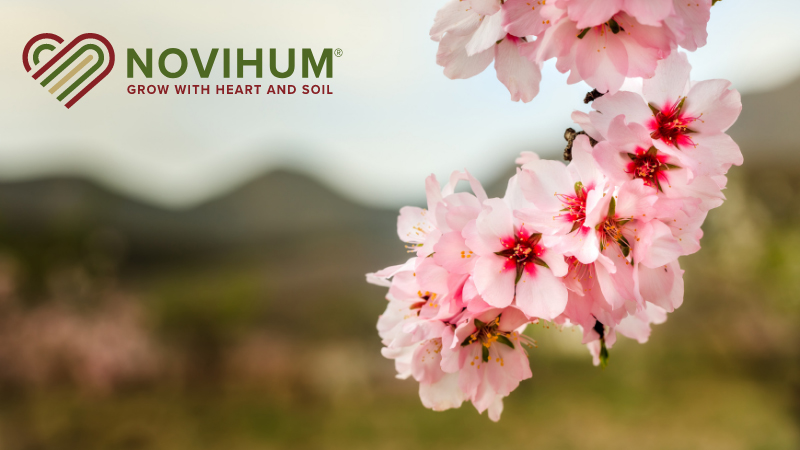Vine Lines: Robots In The Vineyard

Fifty years ago, vineyards were full of people at harvest time, picking grapes by hand. Large crews would work long days over many weeks to bring in a crop. Over time, fewer and fewer people wanted to pick grapes and it became difficult to find the needed labor.
The development of the mechanical grape harvester enabled farmers to overcome this problem by picking grapes faster and with less labor, reducing their harvest costs. Despite the large capital outlay required to purchase the equipment, mechanical grape harvesting has become the norm for juice and bulk wine growers, as well as for a growing number of premium winegrape growers, because of the labor savings.
Finding adequate labor to do important vineyard tasks each year continues to be a challenge for many growers. In recent years, there has been increased interest in equipment that can mechanize other vineyard tasks like leaf pulling, shoot and fruit thinning, and winter pruning.
Pruning
Next to harvest, dormant pruning is usually the largest labor cost for vineyards. As a result, it has been a task that many have targeted to mechanize. In most cases, mechanical pruning equipment is used to “pre-prune” vines, doing most of the work but still requiring some follow-up by hand afterwards to achieve the appropriate number of buds on each vine. While still requiring some hand labor, the finishing work requires less time and people to complete. In some cases, however, growers will simply run the machines through the vineyard with no follow-up, leaving higher bud numbers, and rely on other equipment or practices to balance the vines during the growing season. At this point, these systems are not really suited for cane-pruned vineyards.
Canopy Management
Canopy management techniques such as leaf pulling and shoot thinning have become more and more commonplace in Eastern vineyards, and some growers are beginning to look to mechanical means to do this work. Leaf-pulling equipment has been around for a little while, but newer systems claim to do a better job of removing leaves while causing low levels of damage to clusters. Equipment is also available now to reduce the number of shoots if extra buds were retained as a hedge against winter damage, by mechanical pruning, or extra shoots emerged from retained and blind buds. Removing these shoots increases air circulation and sunlight exposure in the fruiting zone, which improves bud fruitfulness and fruit quality, and also reduces
disease pressure.
Several different types of mechanisms have also been developed to mechanically remove fruit from overcropped vines. The difficulty with these machines is calibrating them to remove just the desired amount of fruit. Information on berry growth in Concords developed in western New York allows growers of that variety to thin their crop using a mechanical harvester, which many growers already own. Work is now underway to adapt this technique to other varieties as well.
Equipment is available for other vineyard tasks such as suckering and moving wires during shoot positioning, but are not currently used in the East.
What’s The Downside?
There are certainly challenges to incorporating mechanization into a vineyard operation. The first one is the capital outlay required to purchase the equipment. Each piece described above can cost tens of thousands of dollars, which is a significant investment even if there is a known payback over time. Another issue is that it can take several years to learn how to get the equipment to work for a particular vineyard. Learning to use a new piece of equipment can be frustrating and perhaps even have some perceived or real impacts on fruit quality during that time. Another major hurdle that still exists is the perception that many people have that increased mechanization leads to lower fruit quality. I believe this perception will change over time with technological advances in the equipment and as growers gain more experience with the technology.
So What’s Next?
Technological advances will continue to influence agriculture, and grape growing will be no exception. Scientists are currently working on technologies that could further increase operating efficiency. We may soon see a tractor and sprayer that would use GPS to steer itself through the vineyard and apply different materials to different parts of a vineyard, depending on pest pressure. Or a harvester that can measure yield, Brix, acidity, color, and other fruit parameters on the fly, and sort the fruit automatically. There has even been an early demonstration of a robotic pruner that can digitally analyze a vine and make cuts based on how the grower wants it pruned.
Robots in the vineyard? Not quite yet, but…









